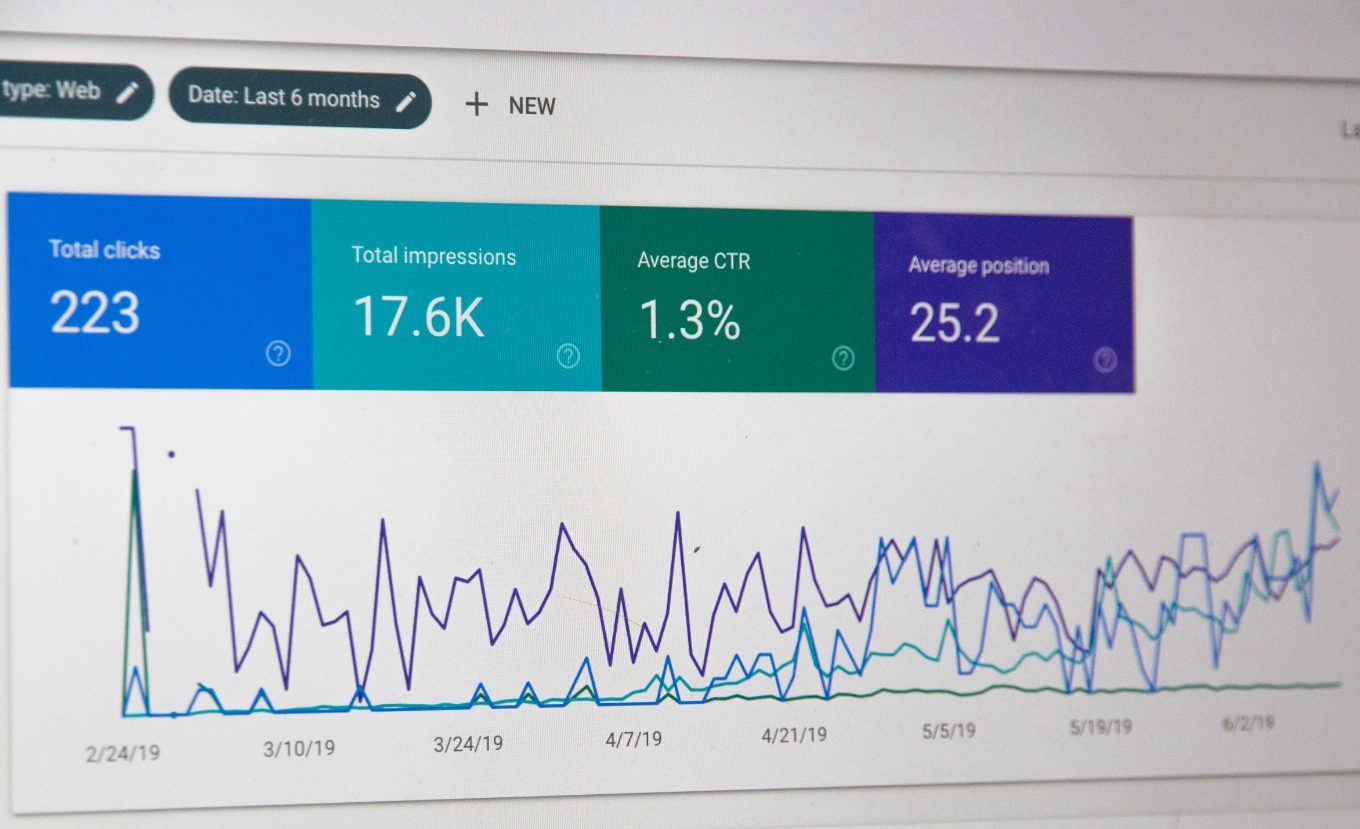How to Budget Effectively for 508 Compliance Services in Your Organization
When considering the 508 Compliance Services, it's essential to approach it with the precision of a watchmaker, cognizant of the intricate gears and springs that form the underlying operational mechanism. As an organization, working towards ensuring digital accessibility, in compliance with Section 508 of the Rehabilitation Act of 1973, can seem like a daunting task. Yet, it is equally crucial, with the rapid digitalization of our economies and societies, to ensure that no individual is left behind due to inaccessible technology. This article will guide you on how to effectively budget for 508 Compliance Services in your organization while also shedding light on its importance.
First, let's offer some context by delving into the concept of 508 Compliance Services. According to the United States Access Board, Section 508 requires that Federal agencies' electronic and information technology (EIT) is accessible to people with disabilities. Compliance services, in this context, refer to the process of ensuring that an organization's digital interfaces are accessible, usable, and understandable by all users, including those with disabilities.
From an economic standpoint, this not only expands the potential market reach for an organization by including a previously ignored demographic, but it also reduces potential legal risks related to discrimination. In essence, 508 Compliance Services should not be seen as an expense, but rather as an investment.
Now, let’s segue into the mechanics of budgeting for 508 Compliance Services. It's akin to piecing together a jigsaw puzzle that borrows elements from both the law of diminishing marginal utility and Parkinson's Law. The former economic principle states that the incremental benefit derived from an increase in the consumption of a good or service tends to decrease with each additional unit consumed, while the latter posits that work expands to fill the time allocated for its completion. Hence, when budgeting, one must consider not only the resources available but also the utility derived from each incremental allocation towards this cause.
To begin, the initial allocation should be towards conducting an accessibility audit. This process involves a thorough examination of your current digital interfaces to identify potential barriers for accessibility. The cost of this audit can vary widely, depending on the complexity of your EIT environment and the expertise required. However, it is an essential first step towards understanding your organization's baseline and gauging the level of effort required to achieve compliance.
Post the audit, the next step would be remediation, which largely involves redesigning or tweaking the technology to eliminate the identified barriers. This stage can be segregated into several sub-stages, each with its own budget allocation. The first stage involves high-priority fixes that are relatively easy to implement, such as adding alternate text descriptions for images. Following stages could involve progressively more complex and resource-intensive tasks, such as redesigning user interfaces or re-coding significant portions of your website or software.
It's also important to budget for ongoing maintenance and monitoring of accessibility standards. As technology evolves, so do the standards for accessibility. Continuous monitoring and periodic audits are necessary to ensure continued compliance. This should be incorporated as a recurring cost in your budget.
Additionally, training your staff and fostering an organizational culture of accessibility is crucial. Not only does this lead to better understanding and adherence to accessibility standards, but it also instills a sense of empathy towards users with disabilities. Training and education initiatives should feature as an essential part of your budget.
Lastly, in the spirit of Aristotle's golden mean, which advocates for balance and avoiding extremes, it's essential not to over-allocate your resources solely towards 508 Compliance Services. Striking a balance between this and other strategic initiatives is key to maintaining organizational health.
In conclusion, budgeting for 508 Compliance Services is a delicate balancing act, one that requires a keen understanding of not just accessibility standards but also the broader organizational landscape. However, with a systematic approach, it can be effectively managed, ensuring that your organization is not just compliant but also more inclusive and empathetic towards all its users.
This article will guide you on how to effectively budget for 508 Compliance Services in your organization while also shedding light on its importance.






